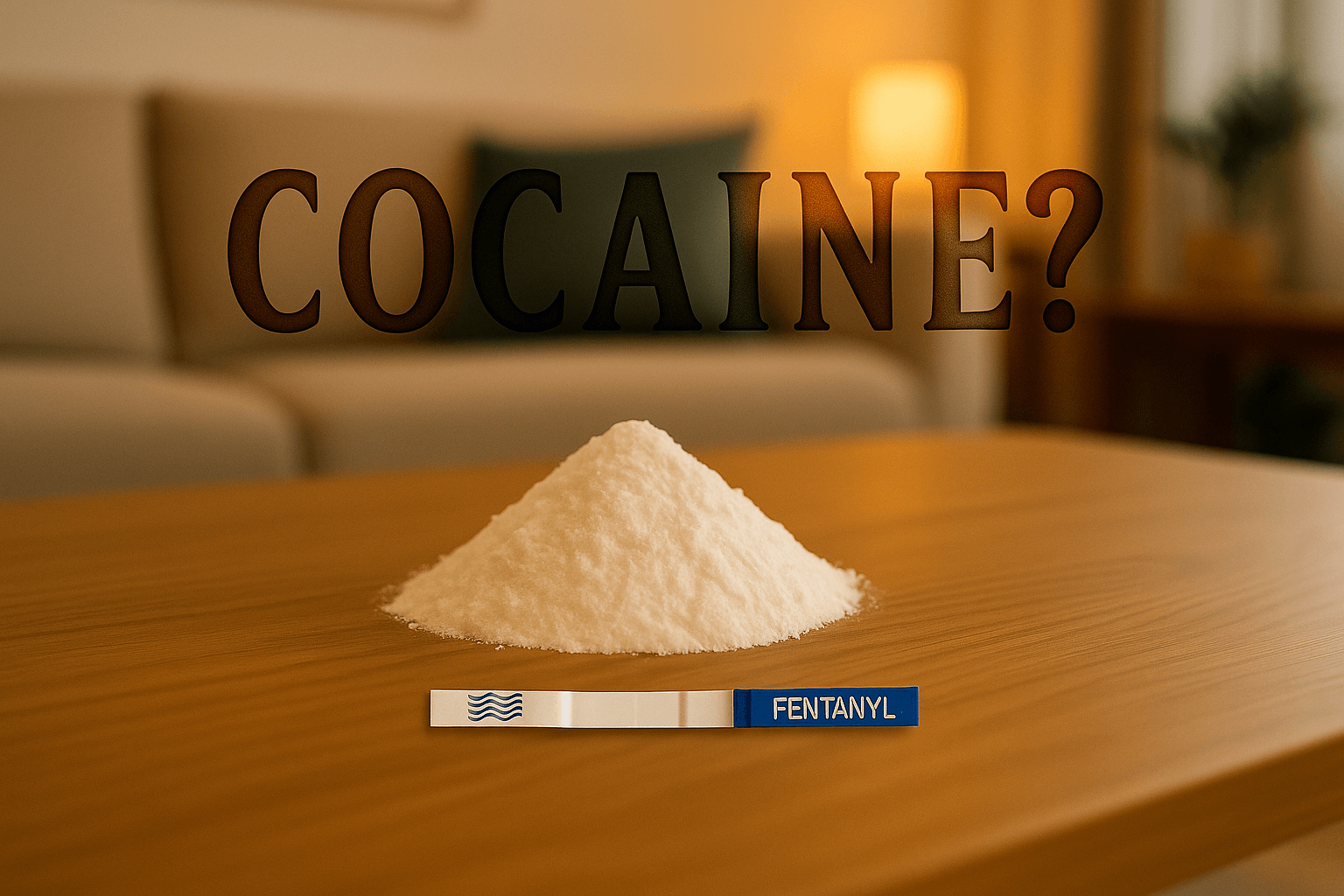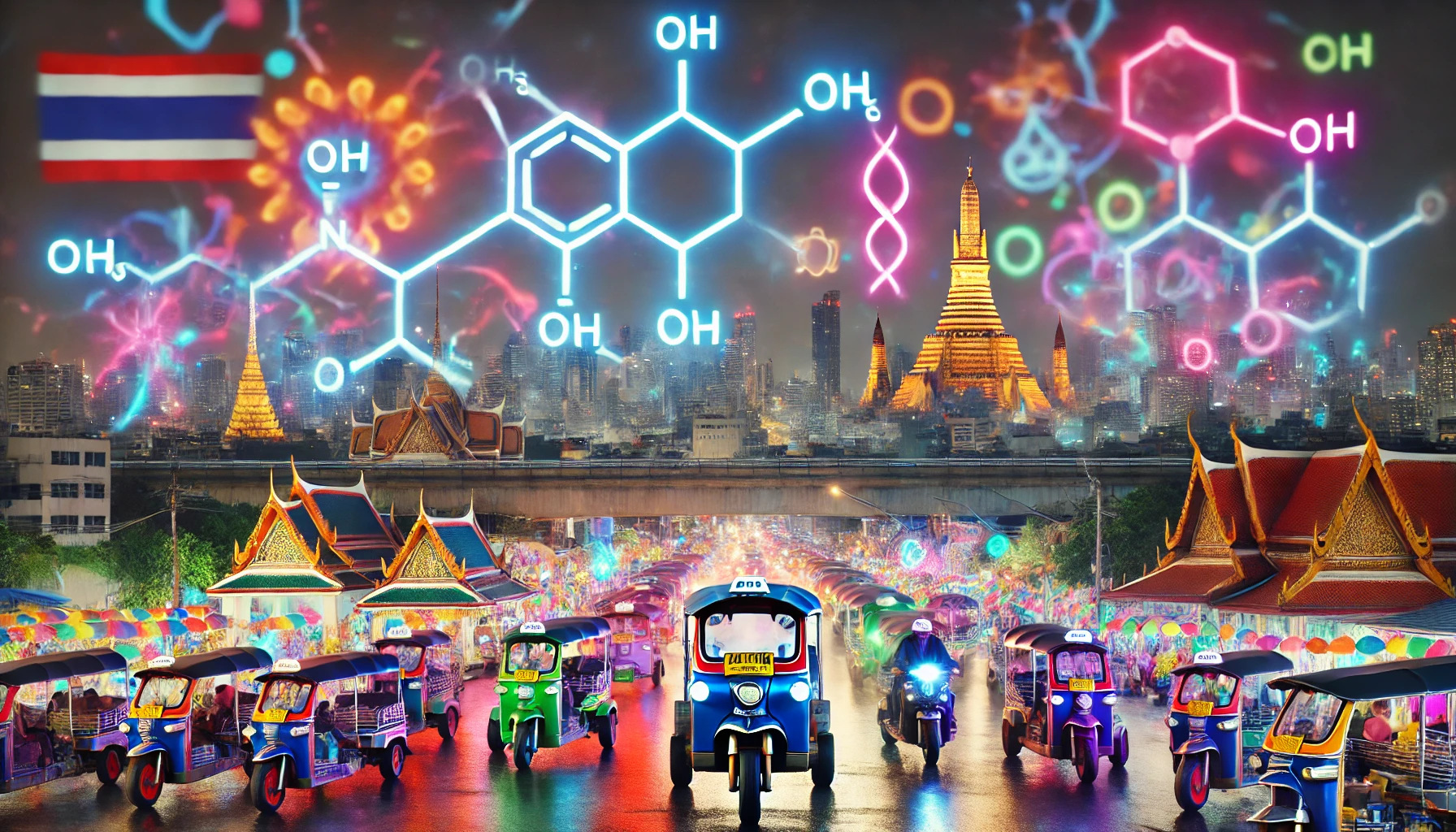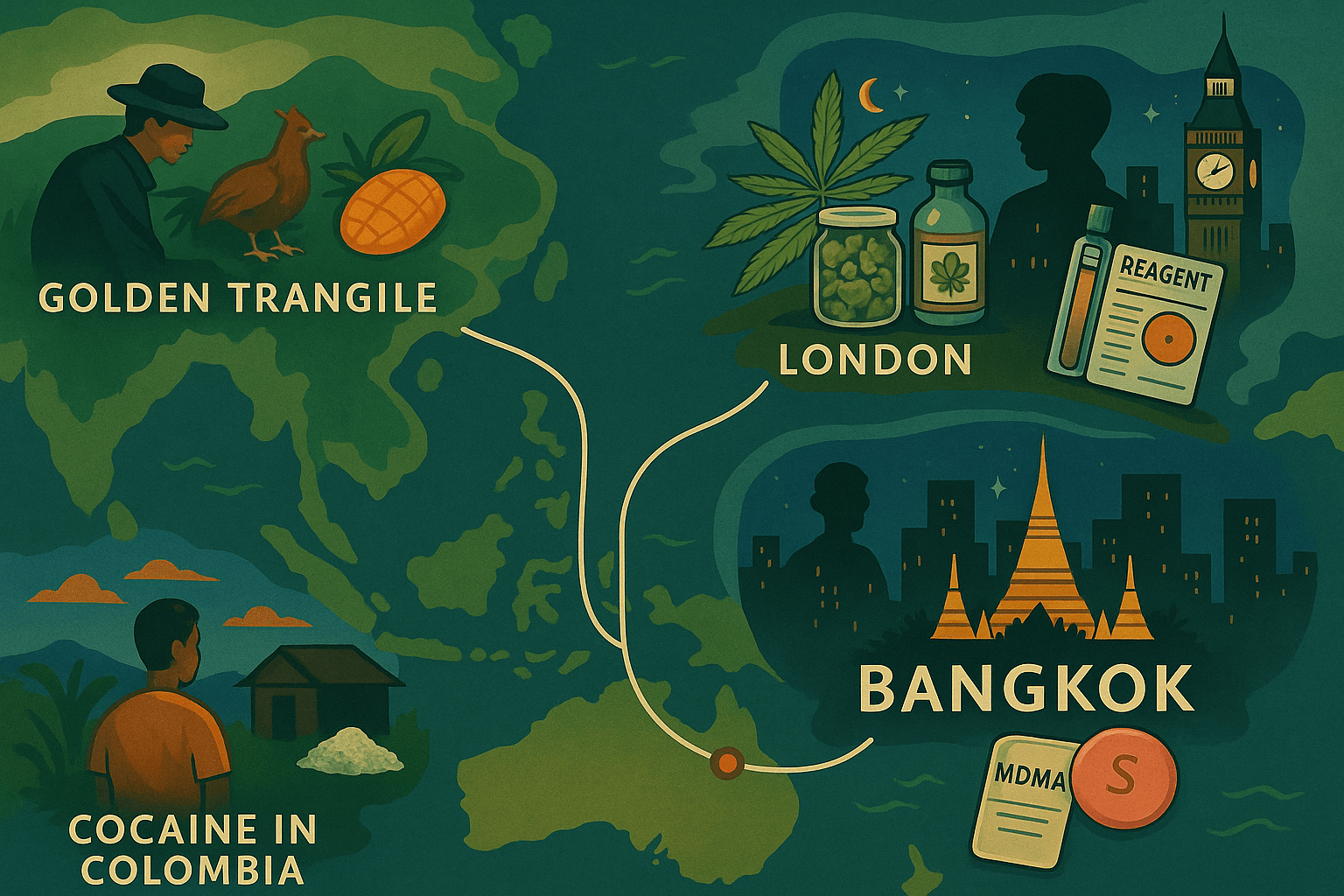Understanding why drug dealers almost never sell pure drugs to recreational users involves exploring economic incentives, market dynamics, and risk mitigation strategies. This article delves into these aspects, focusing on commonly adulterated drugs like cocaine, ketamine, MDMA, and especially cannabis, particularly in the context of tourists visiting Bangkok and other tourist areas in Thailand.
Economic Incentives
กัญชา
Although less frequently adulterated, cannabis can be laced with synthetic cannabinoids, which can be far more potent and unpredictable. This is often done to intensify effects and justify higher prices.1
More information and warnings about the K3 cannabinoid substances typically used to replace cannabis that you can test with Happy Test Kits is available here.
โคเคน
Cocaine is frequently mixed with substances like levamisole, lidocaine, and benzocaine. For example, Levamisole, a veterinary anti-worming agent, has been found in up to 70% of seized cocaine in the United States.2 These additives mimic the numbing effect of cocaine, deceiving users about the purity of the product.
More information and warnings about all the substances typically cut with cocaine that you can test with Happy Test Kits is available here.
คีตามีน
Ketamine is often cut with anesthetics and other psychoactive substances to enhance or mimic its effects. This not only increases volume but also caters to different user experiences, making it appealing to a broader audience.3
MDMA (อี)
MDMA is commonly adulterated with substances such as methamphetamine, caffeine, and synthetic cathinones (bath salts). A study in the UK found that 62% of MDMA samples contained other psychoactive substances.4
More information and warnings about the major adulterant replacement PMA/PMMA typically sold instead of MDMA that you can test with Happy Test Kits is available here.
Market Dynamics
ความเสี่ยงในห่วงโซ่อุปทาน
The illegal nature of drug trade means that each step in the supply chain—from production to retail—carries significant risk. Adulteration helps dealers mitigate these risks by spreading the cost and risk of enforcement actions across a larger volume of product.5
ปัญหาการควบคุมคุณภาพ
The illicit nature of drug markets means there is no regulation or quality control. Dealers often rely on whatever substances are readily available and cheap to cut their products, leading to a wide variability in purity and safety.6
การกำหนดเป้าหมายนักท่องเที่ยว
Vulnerability
Tourists are often less familiar with the local drug scene and more likely to make impulsive purchases. This makes them prime targets for dealers looking to offload adulterated drugs.
Lack of Local Connections
Without local connections, tourists have fewer means to verify the quality of drugs or obtain pure substances. Dealers exploit this by selling highly adulterated drugs at inflated prices.7
Increased Demand
Tourist destinations see higher demand for recreational drugs, incentivizing dealers to maximize their profits through adulteration. This is compounded by the fact that tourists are often willing to pay more for drugs than local users.8
Wrap up
The widespread practice of adulterating drugs is driven by the economic incentives of maximizing profit and minimizing risk. For tourists in Bangkok, understanding these dynamics is crucial for making informed decisions. By being aware of the common practices and risks associated with drug adulteration, tourists can better protect themselves and avoid potentially dangerous substances.
- National Institute on Drug Abuse (NIDA). “Synthetic Cannabinoids (K2/Spice).” [NIDA Report](https://www.drugabuse.gov/publications/drugfacts/synthetic-cannabinoids-k2spice). ↩︎
- United States Drug Enforcement Administration (DEA). “Levamisole: Adulterant in Cocaine.” [DEA Report](https://www.dea.gov/sites/default/files/2020-06/Levamisole.pdf). ↩︎
- European Monitoring Centre for Drugs and Drug Addiction (EMCDDA). “Ketamine Drug Profile.” [EMCDDA Report](https://www.emcdda.europa.eu/publications/drug-profiles/ketamine_en). ↩︎
- UK Home Office. “Review of MDMA Content in Ecstasy Tablets.” [UK Home Office Study](https://www.gov.uk/government/publications/review-of-mdma-content-in-ecstasy-tablets). ↩︎
- Caulkins, J. P., Reuter, P. “How Drug Enforcement Affects Drug Prices.” *Crime and Justice*, 1998. ↩︎
- United Nations Office on Drugs and Crime (UNODC). “Global Illicit Drug Trends.” [UNODC Report](https://www.unodc.org/pdf/WDR_2004/Chap2_drugs.pdf). ↩︎
- Jones, S., Barratt, M. J. “Drug Purchasing Online: The Benefits and Risks of Cryptomarkets and the Changing Face of Drug Dealing.” *Journal of Drug Issues*, 2021. ↩︎
- Measham, F., Moore, K. “The Impact of the Touristic Experience on the Demand for Illicit Drugs: Insights from an International Sample of Tourists.” *Tourism Management*, 2020. ↩︎




